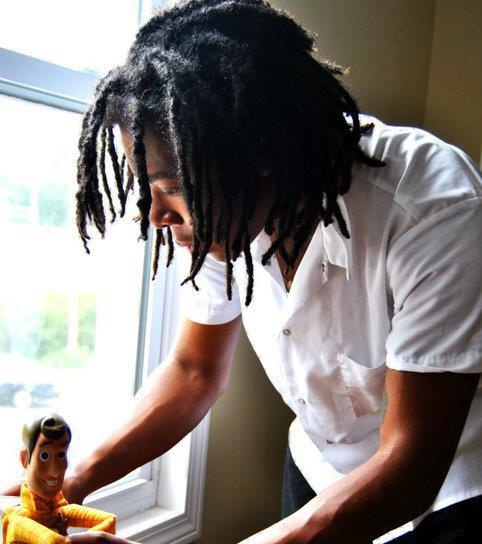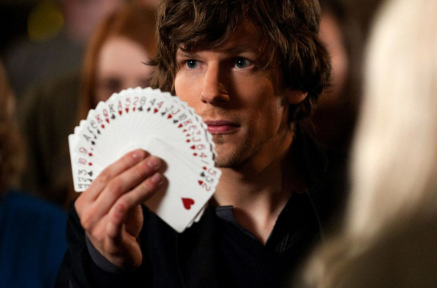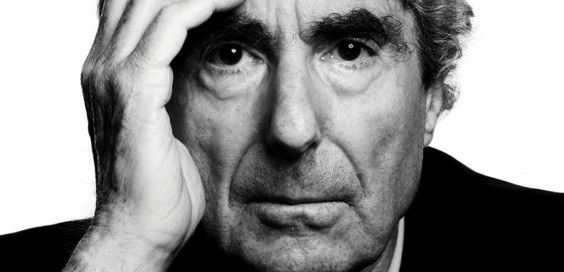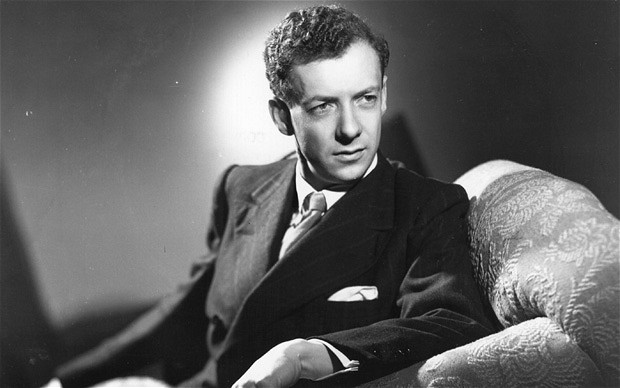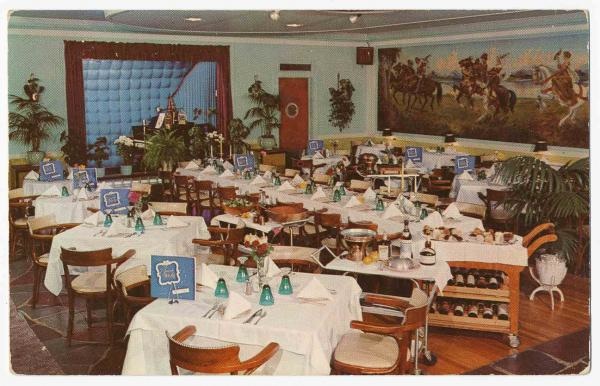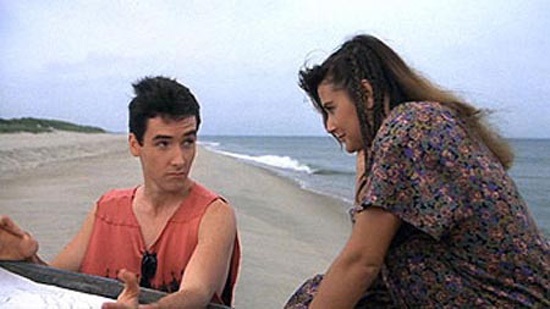▼
Music is more than a hobby for one Bloomington DIY artist ◆ by Amanda Jacobson
Sitting in his second-story room on the north side of Bloomington, music producer Austin White plays back one of his tracks on his Apple laptop – his device of choice for mixing his own music.
The song is off his first album, titled Constellations. It’s a compilation of his earliest original beats created using the computer program FruityLoops, which he downloaded when he was 15 to start his DIY music career.
“Really anyone with a few dollars and the Internet can start making beats,” White says. “Music is so accessible now because of that. It’s not about having a big fancy studio anymore or being rich enough to have your music heard. It really levels the playing field for anyone who wants to be a musician.”
■
He says the variety of music he listened to when he was a young boy led him to appreciate and respond to music in a way most other kids didn’t. It’s no wonder music production was the career path he ultimately chose.
White grew up in a household filled with varied musical influences. He remembers his mother listening to strictly popular music of the ‘80s by Donna Summer, Anita Baker and Madonna, while his father snuck Tupac Shakur tapes into the car as a musical backdrop to road trips without Mom.
“My mom refused to let me listen to rap music,” he says. “And my dad was a street punk in Chicago. He wasn’t terrible, but he was a guy growing up in inner city Chicago. So I was listening to all this Madonna, Donna Summer and Tears for Fears, all of that. Anything that was on the radio, Mom loved it. And my dad would always listen to Tupac. Not all the time, but enough that he had to sneak it. And he would listen to it on his own and not realize I was in the car just absorbing all of this. I’d be listening to the lyrics and not know what any of it meant, like this one 2Pac song Tradin War Stories, – it was on a cassette. We would drive to Mississippi all the time and my dad has this thing – and I have it too – where if you like a song or artist or album, you listen to it for months. So all the way to Mississippi, a 14-hour drive, I heard the double All Eyez on Me, front side, back side, and over again, and the whole time not really listening to the lyrics. The lyrics were just an extra instrument. I’m like that now. It’s just another sound until I interpret it. I feel like anytime I make something now, I go ‘This is correct,’ or ‘It’s not correct,’ based on the whole database of music that I’ve ever heard in my entire life. Because that’s what your own originality is. It’s just everything that’s ever compiled you, anything you’ve ever seen, tasted … I mean sometimes your tastebuds can come into music somehow. Everything you have is just one big interpretation of everything you’ve ever known.”
White says this musical exposure when he was little led him to curiosity about the rap industry and the instrumental nuances of the mixes on each track. It wasn’t until he was in grade school that White moved to Chicago to live with his grandmother on the south side of the city. White said the outcome of his adult life was almost predicted for him by the societal expectations of that neighborhood, before he could decide his fate for himself.
“I was going to school at a public school in Chicago for a little bit and music is like playing basketball there. It’s not like people grow up to try to play basketball there, it’s like you grow up and either get a job or you play basketball or you rap. It’s seriously that mentality and that is all you know. Ghettos are seriously built to trap you. But I was going to school and we’re sitting at the lunch table and this song Grindin’ came out when I was in the fourth grade and that’s when rap hit my radar.”
At the lunch table, White and his group of friends would play “musician.” White would tap out rhythms and beats on the plastic tabletop while others of his friends sang, added melodies or rapped on top of the claps and drums from his hands. It began as a way to dream in an environment where most kids wanted to get out of the inner city but didn’t have the means to, or didn’t know how.
When he was old enough to enter high school, White started buying his own recording equipment. That was the turning point. It was then White says he became obsessed with the idea of making his own music and one day becoming as famous as Kanye West and other big name artists. He bought an M-Audio keyboard for $200 and a USB microphone and stand for $200 before the age of 19.
Instead of letting his naiveté get the best of him, White got smart. He created a MySpace page dedicated to his creation of original music. He began working on tracks using FruityLoops, and decided to buy his first keyboard with money from (get this info from the interview tapes). From there, he says he still had much to learn in the way of approaching other artists to work with him on songs, but for the most part he found a way to make his work heard, albeit sneakily. He would reinvent his MySpace page, naming it after the artist or song he remixed. When people searched for that particular artist or song, they would come to White’s page instead. Even though it wasn’t initially what they wanted to hear, White says, he knew the visitor at least stayed a while to listen to his version of the song and may have then listened to other songs he produced. The exposure he gained from each of his songs earned his page more and more views, but it always made him work harder, he says.
After he figured out how to market himself and once his music was being heard, he realized he needed to improve even further. He began reaching out to other regional artists that had thousands-or-more song plays, a thing he coveted and desired for his own tracks.
White began networking. He wrote email after email to each of his desired collaborators. His early emails were a little less confident, he says. He would approach other artists as if he felt he wasn’t worthy, but wanted to be. At first, he would hear back with either a rejection or not hear back at all. But he didn’t let it discourage him – it made him work harder. He sent samples of his beats to more and more rappers in the upper Midwest area and beyond, hoping to find someone who would collaborate with him.
Finally, he felt his efforts paid off when a rap artist named The Werd, whose voice is heard on the track Careless from White’s second self-released album The Pink Tamago, collaborated with White.
“At the time I saw this guy’s page and he had a ton of plays and I was like, “How’d you do that? Yes, I will work with you!’ And at the time I didn’t realize that it was just a MySpace play generator that you could just pop all the songs you wanted into, but it fooled me. And on the side of the page it would say ‘Record Label (whatever you decide to put) and ‘Management, This Guy,’ and I’m like ‘Shit, a record label, a manager?’ What I didn’t realize is the record label was his own making, you know. But I was in total infant stage. Anything new that comes up to me, I’m just like, ‘What’s that? I’m interested!’, ‘Manager? I don’t have one of those!’.”
The Werd’s manager was Matt Murdoch. The Werd introduced White to Murdoch as a potential business partner. White was over the moon.
“So I’m like, ‘Why do I need a manager … well I’ll call him anyway’, so I talk to him and he’s like ‘Austin, good to hear from you, I’ve been hearing a lot from you from this guy, you know, The Werd?’ and he’s telling me, ‘so basically I’m looking for artists to produce hot tracks and The Werd sent me some of your stuff and it sounds hot Austin, we’re gonna do things, it’s gonna be awesome and we’ll talk later’ and as I hung up, I’m just cheesing from ear to ear, like ‘I’m gonna be BIG!’”
After his telephone meet-and-greet with Murdoch, White said he kept making beats for The Werd to use as a backdrop for his rap music, but all he kept hearing back from Murdoch was that the artist needed more beats. After a while, the communication on Murdoch’s end stopped. White felt he was being used, and decided to break ties with The Werd and Murdoch.
White says he learned a lot from that experience and grew from it. Rather than collaborating with anyone that was interested, White started researching artists in more depth. He chose to pursue working relationships with musicians who had experience and the credentials to back up their success. He slowly continued reaching out to rap artists, until he ultimately came across the up-and-coming rappers Theo Martins and Mike Posner a few years ago. White and Posner talked on the phone and from those conversations, White ended up headlining at a small venue in Michigan, which he says he wasn’t really prepared for at the time, but the show ended on a high note for him. White says he doesn’t regularly perform in front of crowds–that he’d rather be behind the scenes– but the show was a good way for him to branch out to a new segment of music listeners in Michigan, an area with which he was less than familiar at the time.
Mike Posner later reached stardom with his songs Please Don’t Go and Cooler Than Me, but White still has the artist’s phone number and says they occasionally keep in touch via email.
“With Mike I was going out on a limb. My mindset was ‘hey man, let’s work together.’ But I had to keep up my end of the bargain, too. And when he replied I was just felt like I was one step closer to working with Kanye,” he says, laughing. “Where I am now, I want to do producing and I want to make other people sound pretty. Of course, I want to rap and sing on my own, but I want to do it when I have the time and money to do it the way I want to. With me growing up not knowing anything about rap, now I’m in a position where when I make something, I’m not worried about what it’s going to sound like compared to what’s already out. I just make what I make without even worrying about what’s already out there. Because I feel like you’re not an artist until you stop totally caring about what’s already out there. And I never feel intimidated that I have to do something to gain exposure. I basically do what I do and feel that eventually it will come through.”
Now, at 23, White sees a small amount of royalties from past collaborative work with regional rappers and musicians from the Midwest, including Theo Martins, whose latest album Wonderland features White’s work on the track Killer. Currently, he posts his most recent beats and instrumental pieces to his Soundcloud page. The Soundcloud site is more than just a place to showcase his work; it allows listeners to comment on specific pieces of a song, providing direct feedback to him. The site also allows for a broad network of contacts within the music world, where White can find collaborators and share his talents with a wide variety of audiences. Even though he uses a fairly inexpensive approach to making his music these days, White says he still maintains a full-time day job at Mardon Salon. He ultimately wants to improve upon his past work as much as he can, with the time that he has. And he doesn’t plan on stopping anytime soon.
“It’s more than a hobby,” White says. “I’ll be working on this and trying to place beats forever. As long as I have a job that keeps the electricity going to propel my music, I’m happy.”

